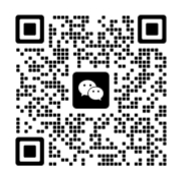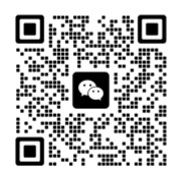https://www.maoyt.com/test/capacitivetouchpanels.com/supplier-4388480-projected-capacitive-touch-panel
Projected capacitive touch screen brightness is one of the key factors in the touchscreen experience, directly affecting the user's visual experience and the device's battery life. This article will delve into the ways of adjusting touch screen brightness, from technical principles, implementation methods to user interface design, providing readers with a comprehensive understanding.
1、 The Importance of Adjusting Projected capacitiveTouch Screen Brightness
Projected capacitive touch screen brightness refers to the intensity of light emitted by a display screen, usually measured in nits. Reasonable screen brightness not only provides a comfortable visual experience, but also extends the battery life of the device.
2、 Ways to adjust Projected capacitive touch screen brightness
Projected capacitive touch screen brightness adjustment is mainly divided into two methods: automatic brightness adjustment and manual brightness adjustment. With the development of technology, modern touch screen devices often have both adjustment methods, providing users with more convenience.
Automatic brightness adjustment
Automatic brightness adjustment refers to the device detecting the ambient light intensity through a built-in light sensor and automatically adjusting the screen brightness.
Light sensor:
Light sensors are typically located on the front or top of devices to capture the intensity of surrounding light. Light sensors can convert light signals into electrical signals, and after processing by a processor, the device automatically adjusts the screen brightness.
Algorithm optimization:
The light sensors of modern devices are often combined with intelligent algorithms to make adjustments more precise. For example, some devices use machine learning algorithms to intelligently optimize brightness adjustment by learning user habits, ensuring that screen brightness can achieve optimal results in any environment.
Manual brightness adjustment
Manual brightness adjustment refers to the user manually setting the screen brightness through the device's settings interface or a dedicated brightness adjustment button. This approach gives users more control, allowing them to adjust according to their personal preferences and needs.
Settings interface:
Most projected capacitive touch screen devices offer brightness adjustment options in the settings menu. Users can set the screen brightness by sliding the slider or clicking on different brightness levels. Some devices also offer "dark mode" or "night mode" to reduce screen brightness and change background color, further protecting users' eyes.
Brightness adjustment button:
Some devices are equipped with dedicated brightness adjustment buttons on the hardware, making it convenient for users to quickly adjust the brightness. For example, smartphones usually have volume keys on the side or top, and the projected capacitive screen brightness can also be adjusted by long pressing the volume keys.
The development of Projected capacitive touch screen brightness adjustment technology has not only improved the user experience of devices, but also promoted the progress of human-computer interaction technology. In the future, with the continuous innovation of technology, we can expect more intelligent, energy-saving, and personalized brightness adjustment methods.

 Your message must be between 20-3,000 characters!
Your message must be between 20-3,000 characters! Please check your E-mail!
Please check your E-mail!  Your message must be between 20-3,000 characters!
Your message must be between 20-3,000 characters! Please check your E-mail!
Please check your E-mail! 

